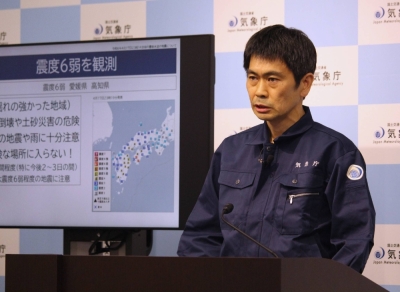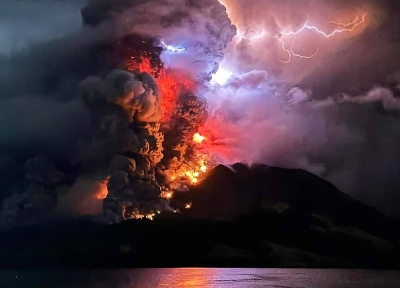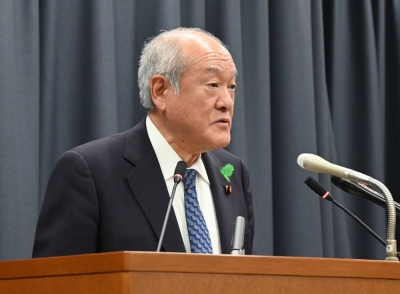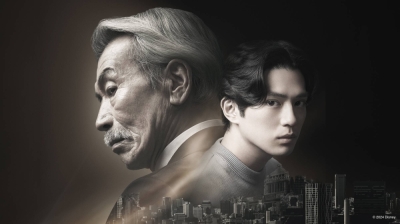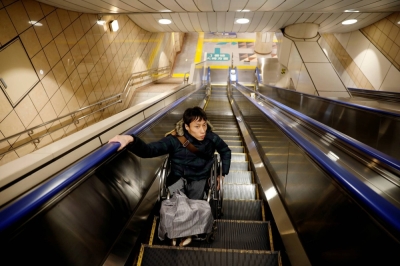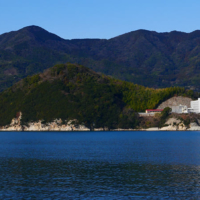Meta
Jeff Hammond
For Jeff Hammond's latest contributions to The Japan Times, see below:
Aug 14, 2013
May 2, 2013
Jan 23, 2013
Jan 10, 2013
Nov 22, 2012
Sep 27, 2012
Sep 20, 2012
Jul 26, 2012
Jun 14, 2012
May 24, 2012
Apr 19, 2012
Apr 19, 2012
Dec 8, 2011
Nov 24, 2011
Oct 13, 2011
Sep 1, 2011





















